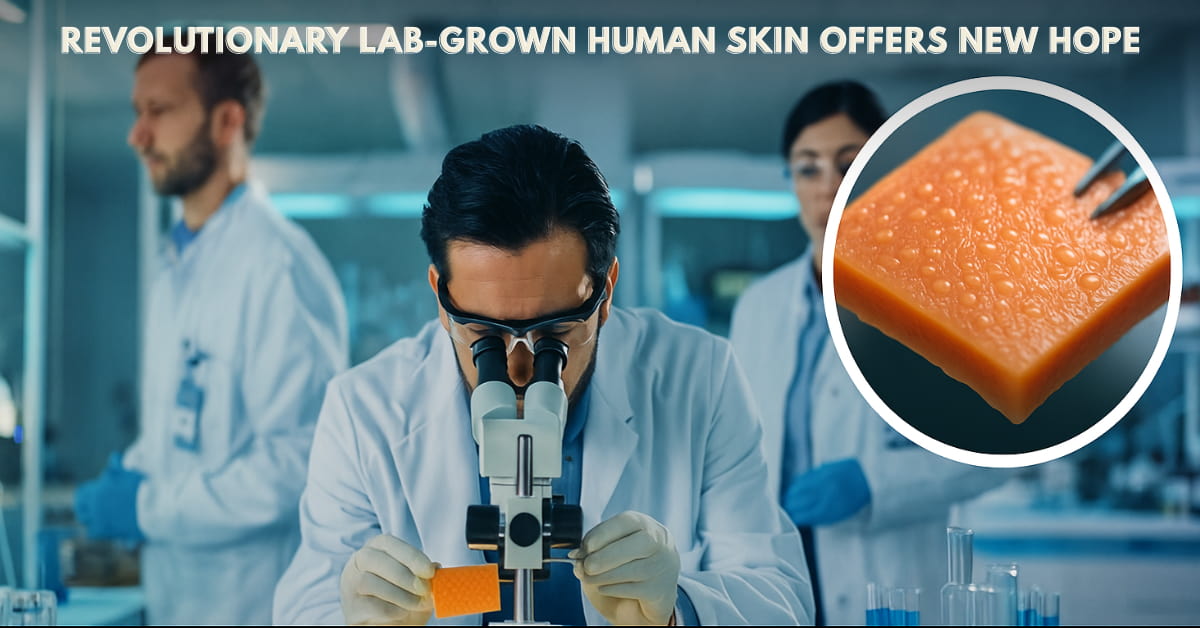Organ Transplantation

Revolutionary Human-Pig Organ Transplantation
Revolutionary Human-Pig Organ Transplantation, In a memorable achievement, specialists have effectively evolved human-pig cross-breed organs, bringing us nearer to tackling the worldwide organ deficiency emergency. This notable advancement offers desire to millions sitting tight for transfers and grandstands the capability of cutting-edge hereditary designing procedures. By making more viable organs, this progression could fundamentally change the eventual fate of transplantation and clinical science.
Organ Transplantation: How It Works
- Hereditary Designing: Scientists use quality-altering apparatuses like CRISPR to embed human cells into pig undeveloped organisms, adjusting their hereditary cosmetics for half-breed organ improvement. These undeveloped organisms are then developed in a lab, permitting the half-and-half organs to develop inside the pigs. This inventive methodology improves organ similarity and works with the investigation of formative cycles.
- Organ Advancement: The combination of human cells directs the development of explicit organs inside pigs, guaranteeing they are viable with human physiology. By outfitting the normal development processes, scientists expect to make practical organs like kidneys and hearts. This examination tends to the critical requirement for transplantable organs and advances regenerative medication.
Potential for Transplantation
- Join Similarity: Specialists plan the organs to match the beneficiary’s hereditary cosmetics, fundamentally lessening the gamble of organ dismissal after transplantation. This cautious arrangement improves the possibilities of effective joining into the patient’s body. By customizing organ similarity, the methodology addresses a significant headway in relocating medication.
- Tending to Organ Deficiencies: With more than 100,000 people hanging tight for organ transfers internationally, this advancement can give a copious wellspring of organs. By making half-and-half organs, analysts can mitigate the squeezing interest for transfers, saving endless lives. This advancement could fundamentally change the scene of organ transplantation to improve things.
Moral Contemplations
- Moral Worries: The production of human-pig half-breeds brings up critical moral issues regarding creature government assistance, the degree of human mediation in nature, and the ramifications of blending human and creature DNA. These worries feature the need for cautious thought of the ethical implications related to such earth-shattering progressions in biotechnology. As scientists investigate these inventive roads, continuous conversations are crucial for addressing the likely effects on the two creatures and the more extensive biological system.
- Guideline: because of these moral difficulties, specialists are creating rigid guidelines to guarantee the capable utilization of this innovation. These rules plan to protect creature government assistance and lay out clear limits for hereditary control. By executing strong oversight, specialists can advance moral practices while propelling the field of organ transplantation, guaranteeing that logical advancement lines up with cultural qualities and moral obligations.
Organ Transplantation Fun Fact
- Verifiable Setting: Albeit mixture organs might seem like sci-fi, analysts have investigated xenotransplantation for quite a long time, tracing back to the seventeenth 100 years. Early efforts to relocate creature organs into people were to a great extent fruitless, however, progressions in clinical science have changed that. This most recent accomplishment denotes a critical achievement in the field, carrying us closer to tending to organ deficiencies. The examination centers around further developing similarity between creature organs and the human insusceptible framework, raising significant moral contemplations. Generally speaking, this advanced features the capability of imaginative arrangements in present-day medication.
Future Implications
- Extension of Exploration: Analysts expect to grow this review to foster different organs, like kidneys, hearts, and lungs. This offers desire to innumerable patients.
- Progressions in Biotechnology: This advancement could prompt further improvements in hereditary designing, pushing the limits of clinical potential outcomes.
The making of human-pig cross-breed organs denotes a huge second in the development of organ transplantation. It offers trust while bringing up significant issues about the eventual fate of clinical science.
Conclusion
The making of human-pig half-and-half organs denotes a memorable achievement in organ transplantation, offering desire to endless patients confronting organ deficiencies. This earth-shattering half-and-half advancement features the latest scientific discoveries in hereditary designing and biotechnology, which prepare for headways that could reclassify clinically conceivable outcomes.
While moral contemplations stay urgent, progressing conversations about creature government assistance and human intercession feature the requirement for mindful logical practices. This improvement tends to the critical organ lack emergency as well as grandstands noteworthy progressions in present-day medication, with the possibility to foster organs like kidneys, hearts, and lungs.




